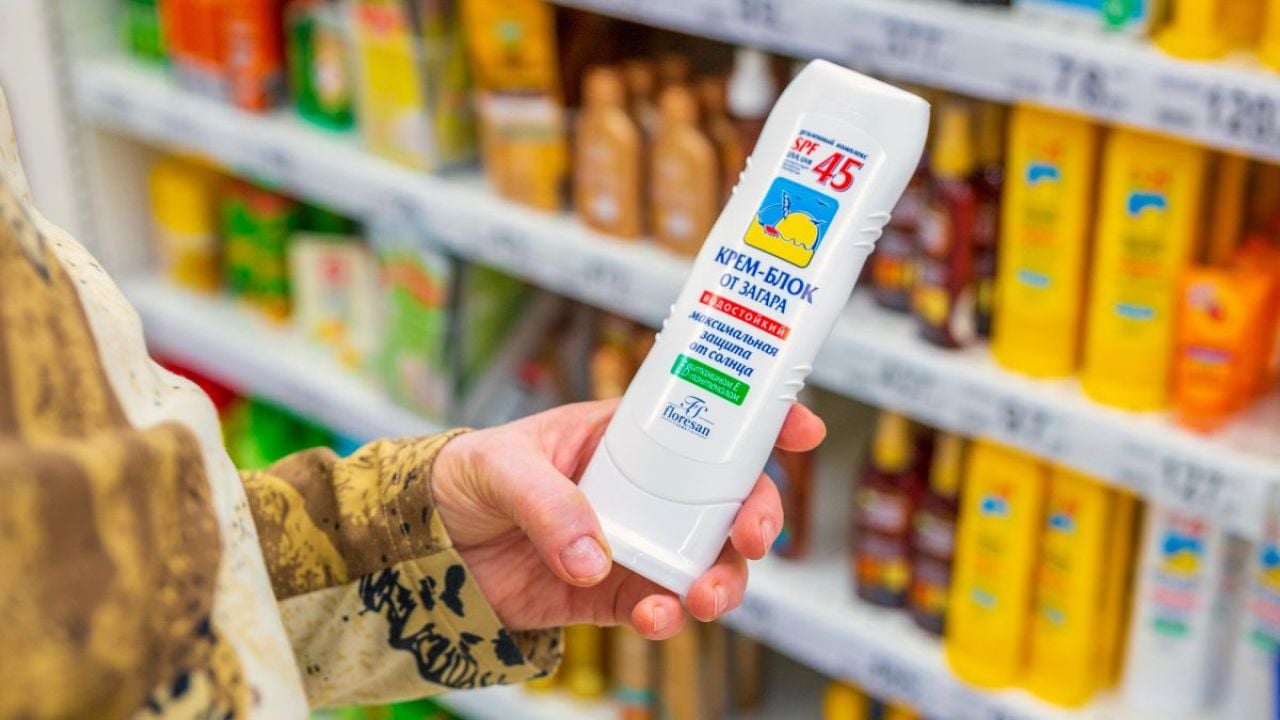
In the age of beauty influencers, skin care is taking center stage, with more than a million posts about sunscreen on TikTok alone. The quest for the safest and most effective sunscreen seems to be on everyone’s mind, but finding the right one can be challenging.
A growing number of beauty influencers are touting the benefits of sunscreens sold outside the U.S. with features and options that aren’t available here. As a result, more Americans are exploring buying sunscreens made in the European Union and Asia.
Before jumping on this sunscreen trend, though, do your research. Reliable information can be scarce online, and some myths about sunscreen might influence your decision.
EWG’s 2024 Guide to Sunscreens provides all you need to find the SPF product that best fits your sun protection needs.
What makes international sunscreens different?
The U.S. is unlike most of the world in that the Food and Drug Administration regulates sunscreen as an over-the-counter drug instead of as a cosmetic. So U.S. sunscreen ingredients must meet the same strict standards as any over-the-counter drug, like Advil and Tylenol.
In the EU, Australia and most of Asia, sunscreen is classified as a cosmetic. This allows companies to identify and gain approval for safer sunscreen ingredients quicker than in the U.S. These companies have greater access to newer ingredients, which offer more effective protection against the sun’s ultraviolet A and B, or UVA and UVB, radiation.
Both UVA and UVB rays can damage skin cells. So UV filters are essential to sunscreen formulations, because they protect against the sun's harmful rays. UVA rays penetrate farther into the skin and cause wrinkles and increase the risk of skin cancer. UVB rays primarily cause sunburns.
According to EWG scientists, most sunscreens sold in the U.S. would not meet international standards. The standard for UVA protection is higher, and many U.S. sunscreens don’t filter UVA rays as effectively.
The EU has 34 approved UV filters but the U.S. only has 16.
The FDA hasn’t approved a sunscreen filter for use since 1996. In 2014, the agency rejected eight new sunscreen filters, all of which are used internationally. According to the agency, sunscreen manufacturers did not provide sufficient safety data to support their use.
Only two ingredients currently used in U.S. products, zinc oxide and titanium dioxide, have adequate safety data and are generally recognized as safe and effective for use in sunscreens. The FDA has repeatedly asked sunscreen manufacturers to provide additional safety data for the chemicals used to filter UVA and UVB rays in non-mineral sunscreens.
Despite its attempt to protect public health, the FDA’s regulation of sunscreen as an over-the-counter drug denies Americans access to newer, more effective, ingredients used internationally.
Looking for products sold abroad
Buying international sunscreens comes with some risk.
It is illegal to buy and sell non-FDA-approved products, even if they’ve been approved by international agencies. It’s also possible to inadvertently buy potentially unsafe counterfeit products online. And customs will likely confiscate sunscreen products if brought into the U.S. in bulk.
Finding safer U.S. sunscreens
In 2021, the FDA proposed an update to its sunscreen regulations that would include improved UVA protection, better labeling and a limit to the range of SPF values. But the agency has yet to adopt these new standards.
Despite the FDA’s inaction and companies’ failure to provide safety data about additional ingredients, the U.S. still has a number of effective sunscreen options without hazardous ingredients.
EWG's sunscreen ratings factor in stability, UVA and UVB protection and balance, and ingredient health hazards.
Last year, EWG introduced EWG Verified®: Sunscreens. Products that carry the mark meet our strict scientific standards for transparency and health.
EWG Verified sunscreens do not contain ingredients banned in Canada or the EU, and ingredients must meet international government restrictions.
Many of EWG’s sunscreen recommendations contain the ingredient mineral zinc oxide, which offers good UVA protection and does not absorb into the skin.
Detailed information on sunscreens for babies and kids, recreation and daily use, is available through our website.



